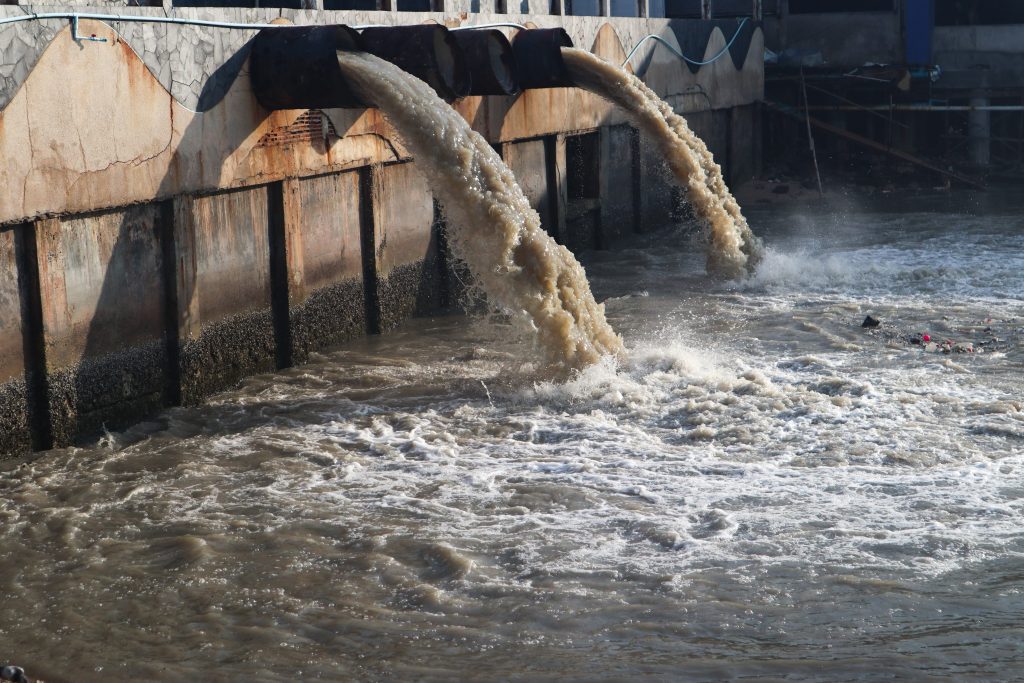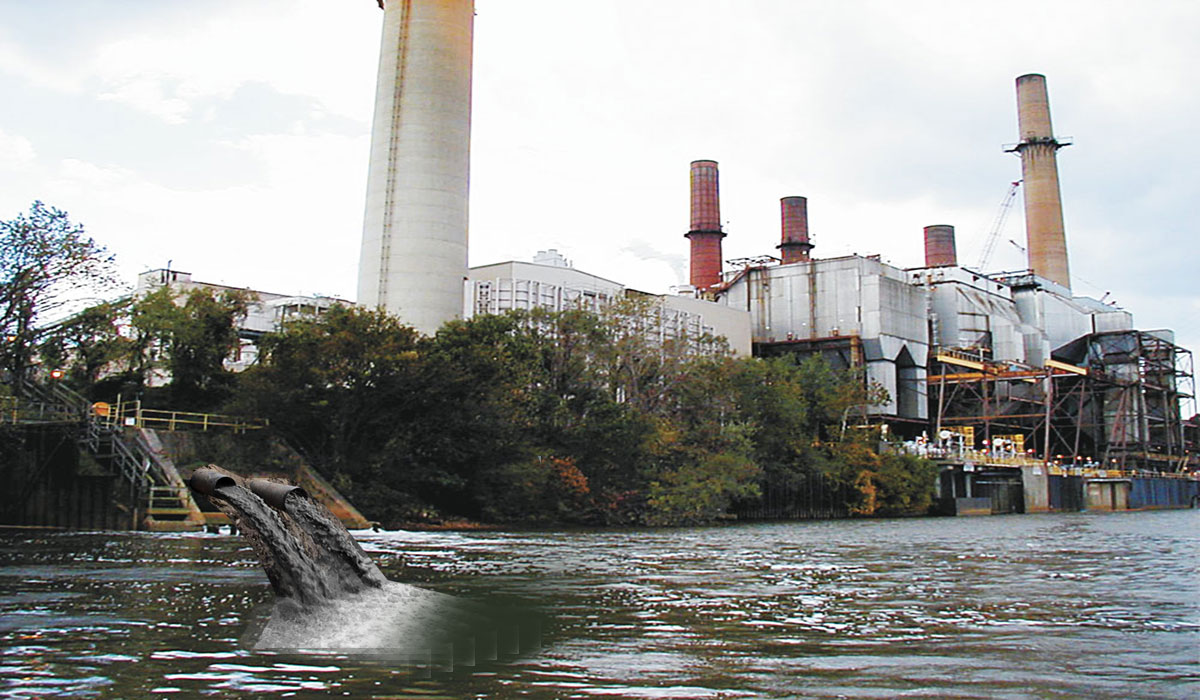Developments and Developments in Hazardous Waste Water Therapy Technologies
The landscape of industrial wastewater treatment is undertaking a transformative shift, driven by advancements that boost both effectiveness and sustainability. Emerging innovations, such as membrane bioreactors and microbial fuel cells, are redefining impurity removal procedures while adding to power generation. Additionally, resource recuperation approaches are obtaining grip, straightening with circular economic climate principles. As regulative criteria advance, the assimilation of AI and device understanding right into wastewater management systems guarantees to make certain and simplify procedures compliance. The complete effects of these improvements raise important questions regarding their scalability and long-term influence on market practices.
Overview of Waste Water Therapy Technologies
Wastewater therapy technologies incorporate a series of techniques created to eliminate pollutants from industrial effluents prior to their launch right into the setting. These technologies are essential for maintaining ecological equilibrium and ensuring compliance with environmental regulations. The main categories of wastewater therapy consist of physical, chemical, and organic techniques, each serving distinctive functions based upon the nature of the pollutants present.

Biological therapy approaches use microbes to deteriorate natural matter, making them especially reliable for organic-rich effluents. Techniques like activated sludge and biofilm activators harness the all-natural deterioration capabilities of germs, leading to substantial reductions in biochemical oxygen demand (BODY)
Advanced Purification Techniques
Advanced purification techniques represent an essential evolution in the realm of commercial wastewater therapy, improving the effectiveness of impurity removal procedures. Industrial Waste Water Treatment. These methods incorporate a series of technologies, including microfiltration, ultrafiltration, nanofiltration, and reverse osmosis, which offer consecutive barriers for various bit dimensions and chemical structures
Microfiltration and ultrafiltration use membrane systems to remove suspended solids, bacteria, and larger natural particles, improving the quality of effluent before further treatment. Nanofiltration bridges the void in between ultrafiltration and reverse osmosis, effectively eliminating natural substances and divalent ions, thus decreasing the tons on downstream processes.
Reverse osmosis provides the highest possible level of filtration by enabling just water and small particles to go through its semi-permeable membranes, making it optimal for reclaiming top quality water from commercial effluents. Current innovations in membrane layer innovation, consisting of the advancement of even more fouling-resistant and sturdy materials, have actually substantially enhanced operational effectiveness and minimized expenses.
Integrating these advanced purification methods not just enhances the overall therapy process but also adds to sustainability initiatives by making it possible for water reuse and resource recuperation in industrial settings. (Industrial Waste Water Treatment)
Organic Therapy Innovations

In addition, the advancement of crafted biological systems, such as membrane layer bioreactors (MBRs), incorporates organic treatment with innovative membrane layer purification. This combination permits higher effluent quality and lowered footprint, making it ideal for space-constrained industrial facilities. Innovations in genetically crafted microorganisms have actually additionally arised, boosting the biodegradation of details contaminants, such as drugs and heavy steels, that are commonly challenging to get rid of.
Furthermore, the application of bioaugmentation techniques, where valuable microorganisms are presented to boost the existing biological treatment processes, has actually revealed promising lead to boosting therapy efficiency. These innovations jointly symbolize a pattern in the direction of even more lasting and reliable organic treatment approaches that can adapt to the developing complexities of industrial wastewater streams. As sectors proceed to prioritize environmental conformity, these biological advancements will certainly play a vital function in wastewater management.

Resource Recovery Approaches
In industrial settings, the combination of source recuperation methods has ended up being significantly important for enhancing sustainability and minimizing waste. These approaches focus on removing valuable materials and energy from wastewater streams, thus transforming prospective contaminants right into reusable sources.
One prominent technique is nutrient healing, where nitrogen and phosphorus, typically present over in wastewater, are captured and exchanged plant foods. This not only minimizes ecological effects but likewise provides a round economy service for agricultural applications. Additionally, modern technologies such as anaerobic digestion enable the conversion of organic waste into biogas, a renewable resource source that can offset nonrenewable fuel source use in industrial procedures.
Furthermore, progressed filtration and check my site membrane layer innovations facilitate the recuperation of commercial by-products such as steels and salts. These recuperated materials can be rehabilitated right into manufacturing processes, lowering the demand for virgin sources.
Future Fads in Waste Water Management
As markets progressively prioritize sustainability, the future of wastewater monitoring is readied to undertake significant makeovers. Technical innovations, such as fabricated intelligence and artificial intelligence, will certainly make it possible for much more effective monitoring and administration of wastewater systems. These innovations can forecast upkeep requirements, enhance therapy processes, and boost decision-making, ultimately decreasing functional prices and ecological impact.
Additionally, the integration of circular economic situation principles will certainly play a crucial duty in wastewater monitoring. Industries are anticipated to change towards systems that not just treat wastewater but additionally recover valuable sources, such as nutrients, water, and energy. This transition will decrease waste and advertise the reuse of products, straightening with global sustainability objectives.
Arising treatment techniques, such as membrane layer bioreactors and advanced oxidation procedures, will additionally enhance the performance of Full Report wastewater treatment, permitting better effluents suitable for reuse. In addition, regulatory frameworks are most likely to progress, stressing stricter standards for wastewater discharge and encouraging sectors to take on cutting-edge treatment options.
Verdict
In final thought, the development of industrial wastewater treatment modern technologies shows a substantial change in the direction of enhanced effectiveness and sustainability (Industrial Waste Water Treatment). Innovations in innovative filtration strategies, biological treatments, and source recuperation methods highlight the sector's commitment to environmental stewardship.
The landscape of commercial wastewater therapy is undertaking a transformative change, driven by developments that boost both effectiveness and sustainability.Wastewater treatment innovations incorporate an array of techniques developed to eliminate impurities visit this website from commercial effluents prior to their release into the atmosphere.Taking advantage of the power of organic processes has led to significant advancements in the therapy of commercial wastewater.Additionally, the execution of bioaugmentation techniques, where beneficial microbes are introduced to improve the existing organic treatment processes, has revealed promising outcomes in enhancing therapy performance. These innovations collectively signify a trend in the direction of even more efficient and sustainable organic therapy approaches that can adapt to the developing intricacies of commercial wastewater streams.